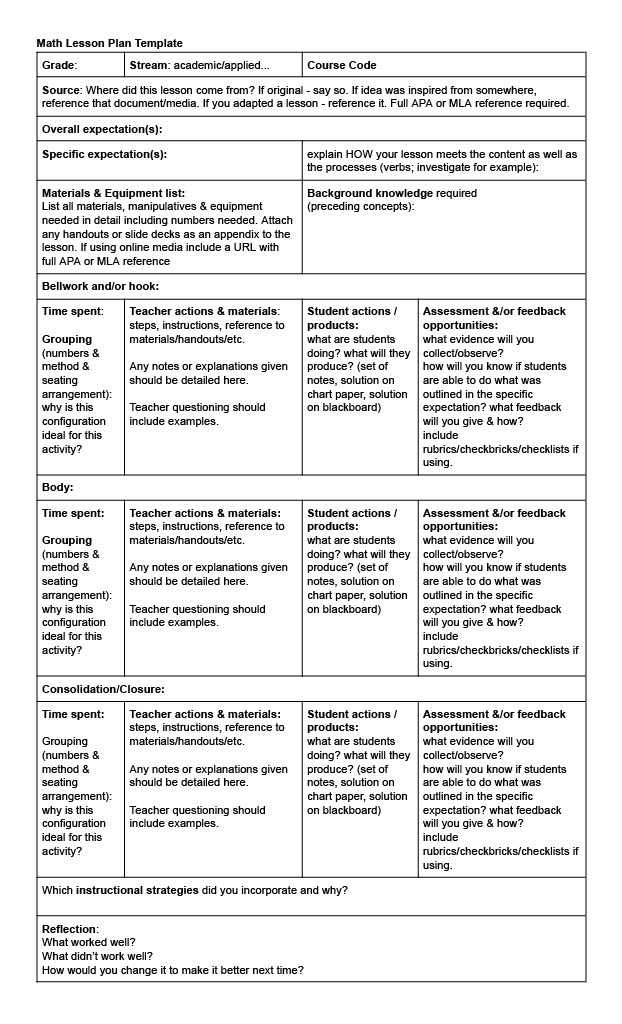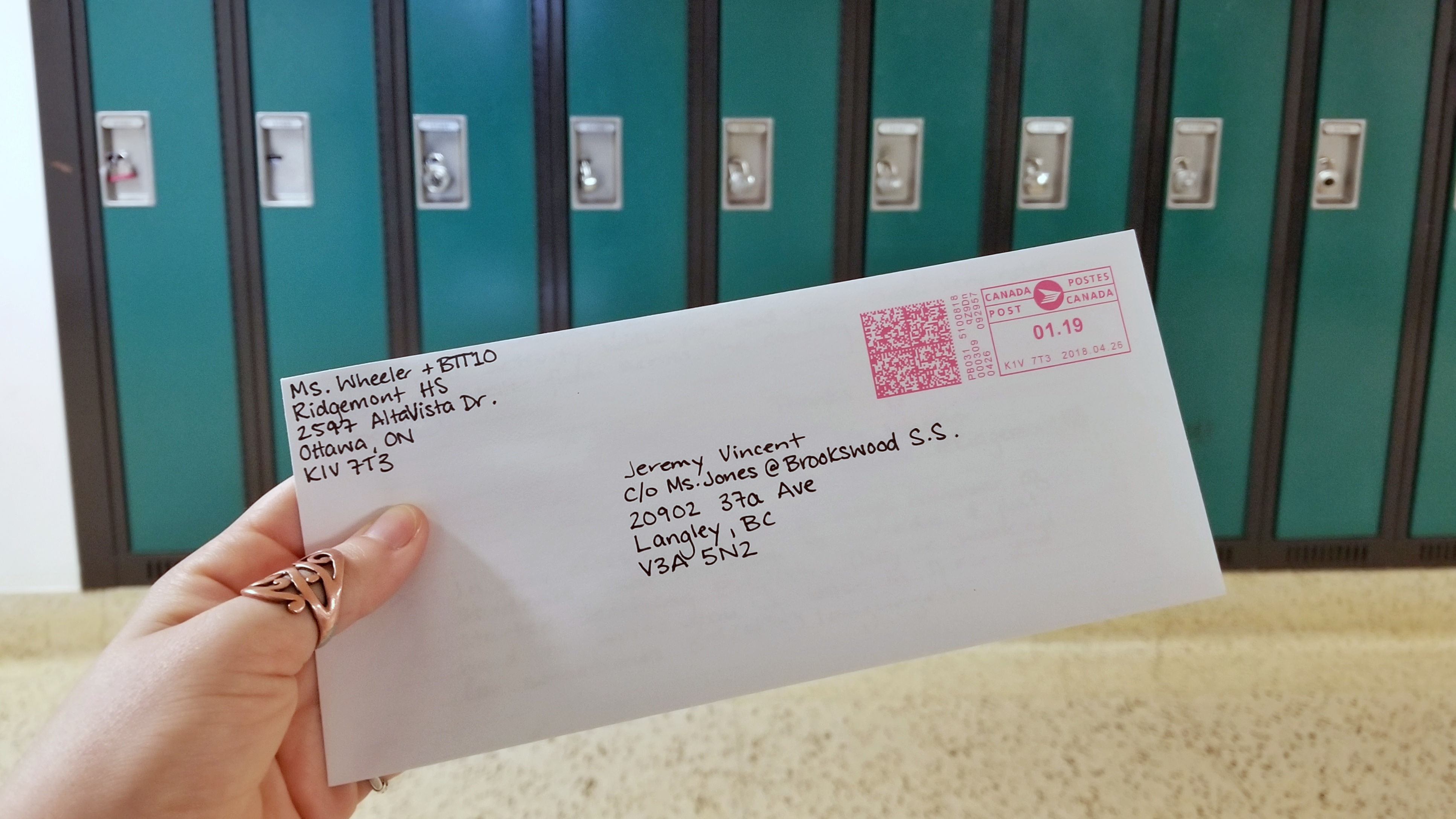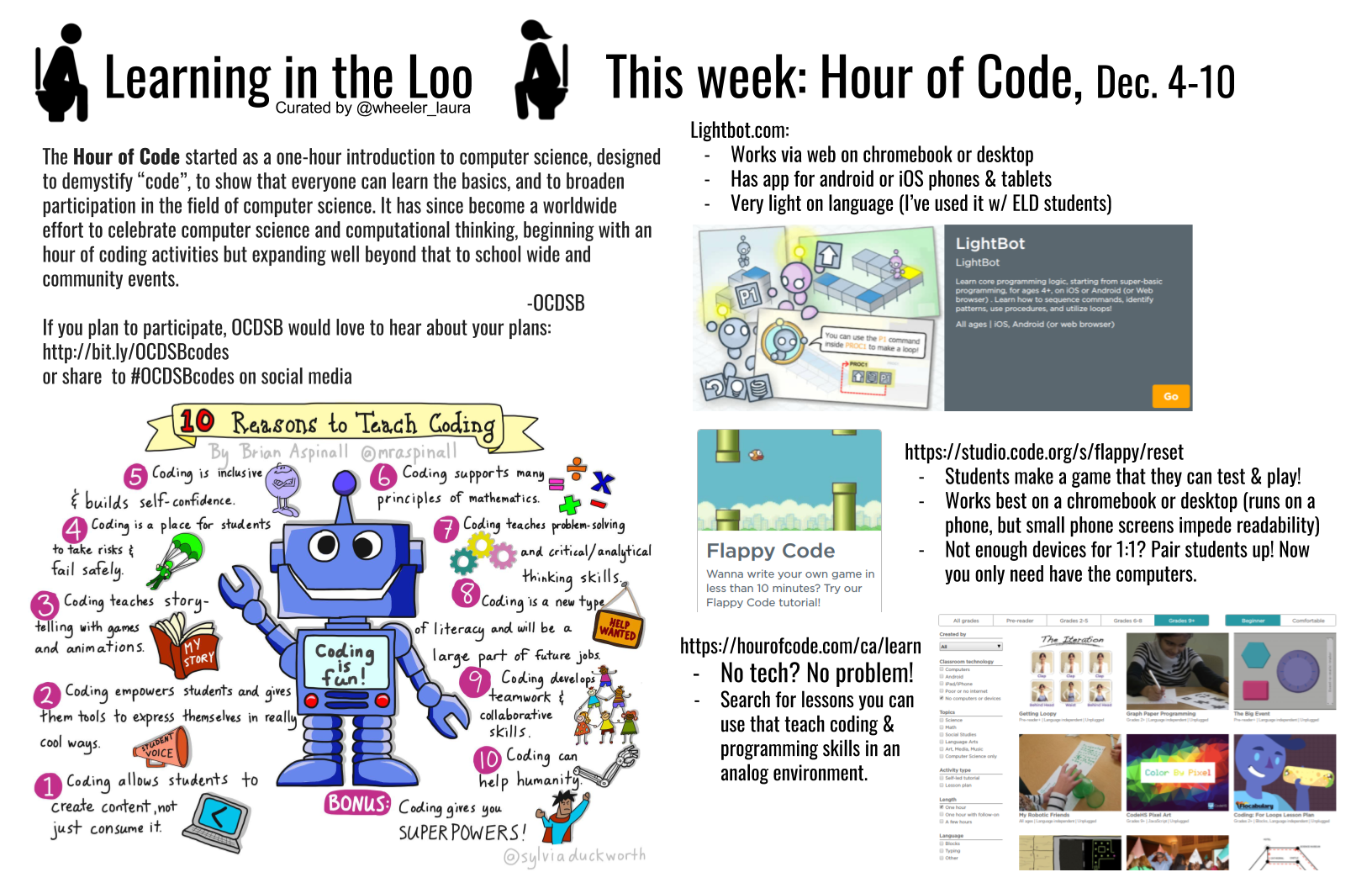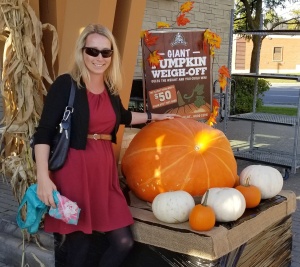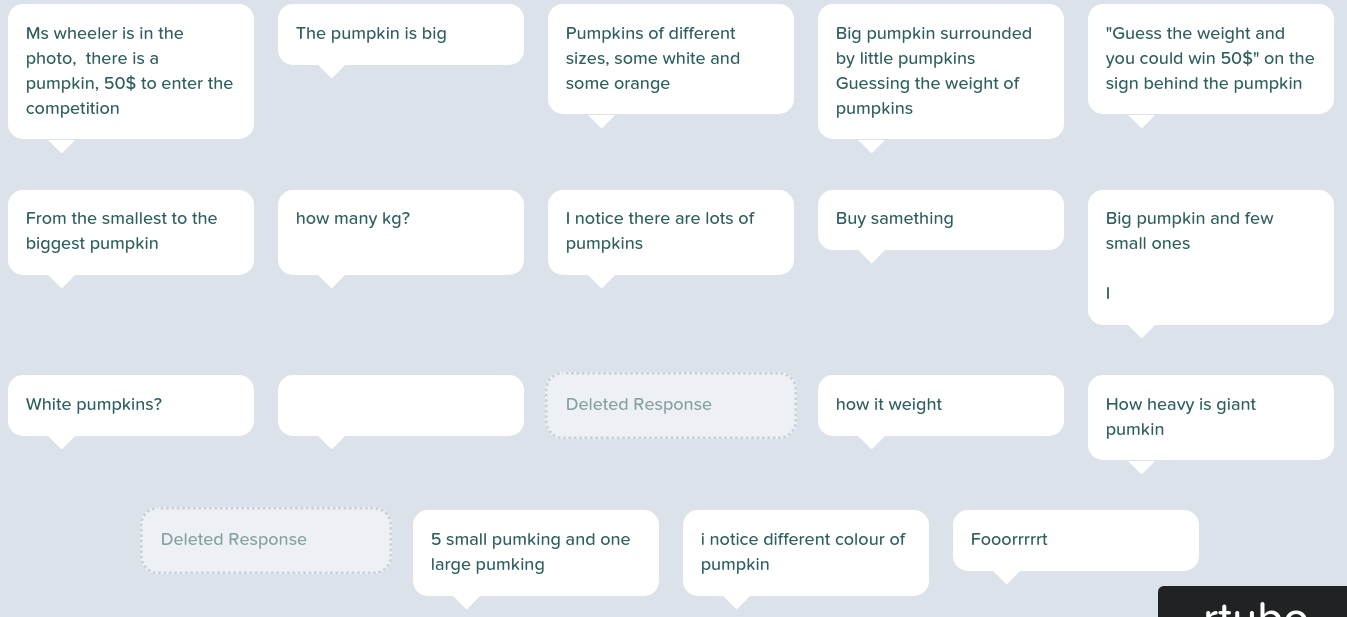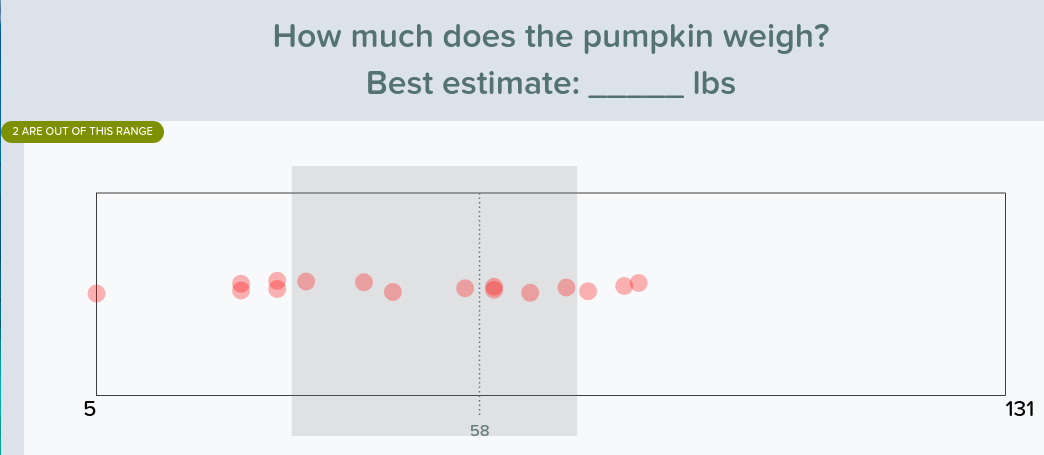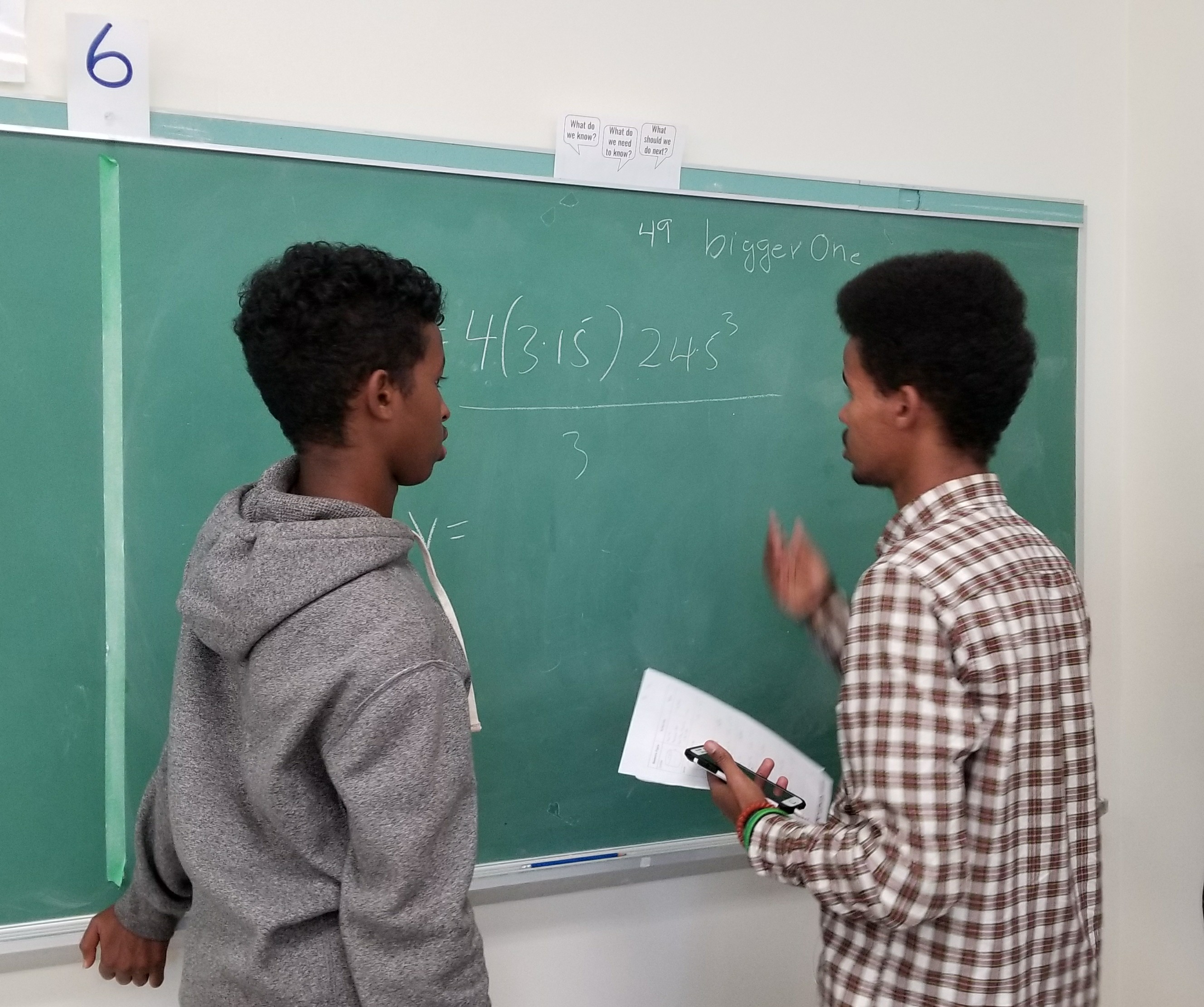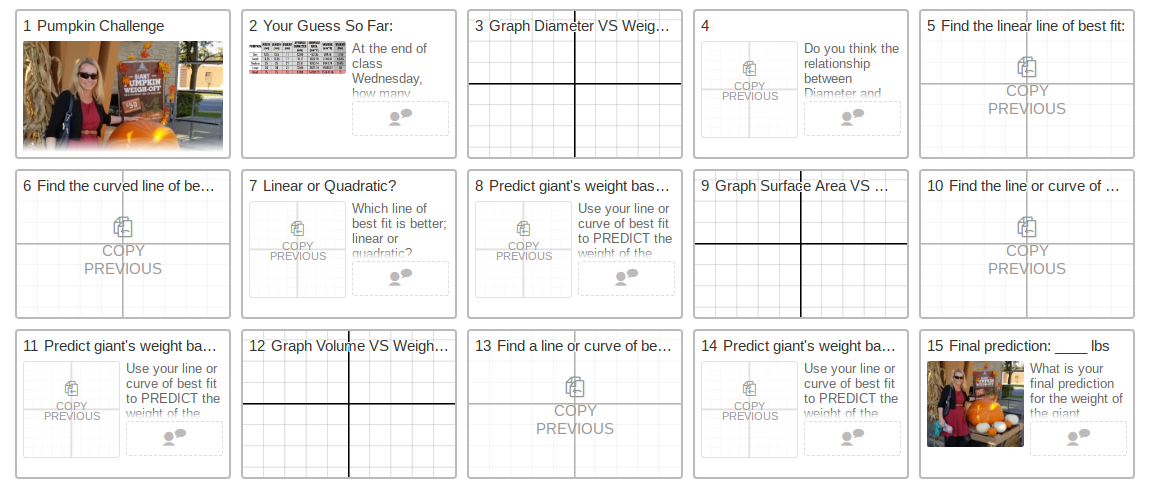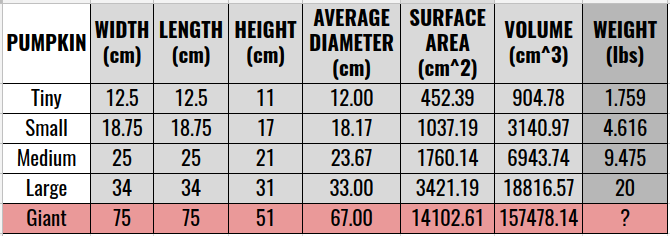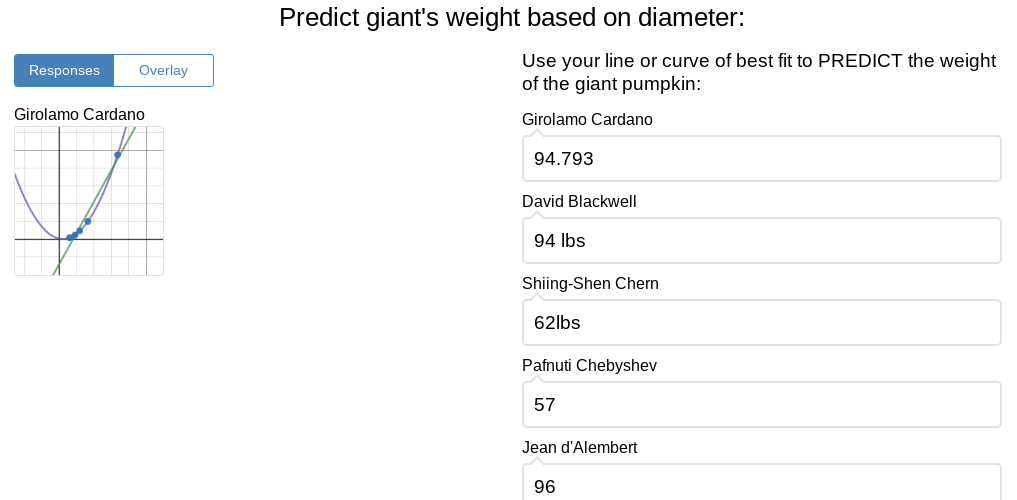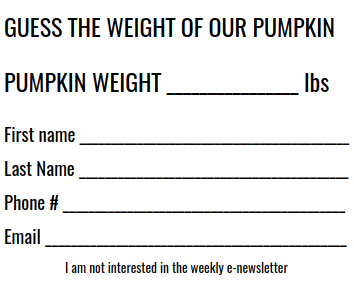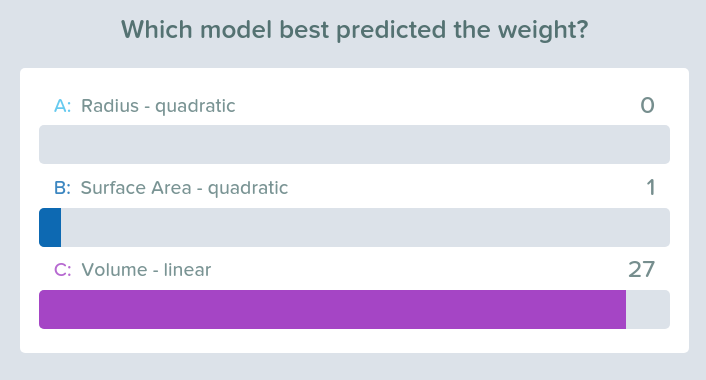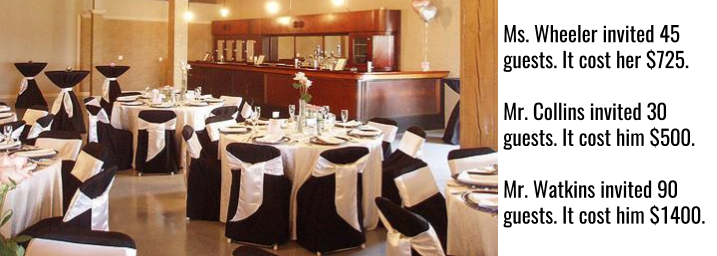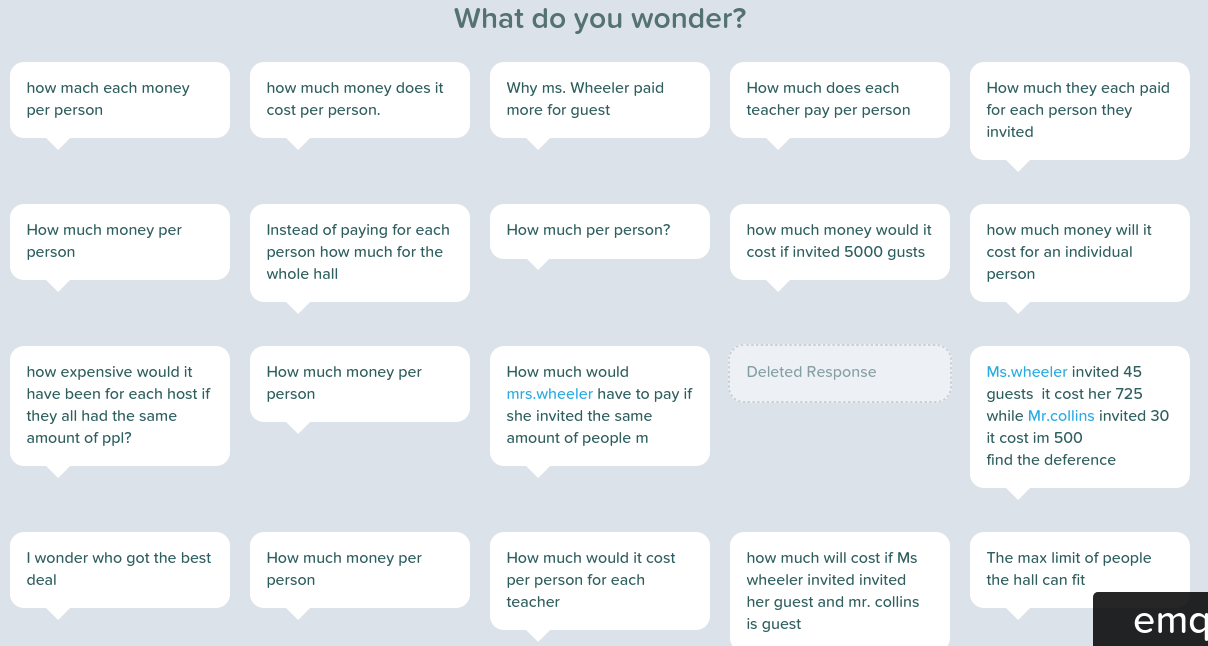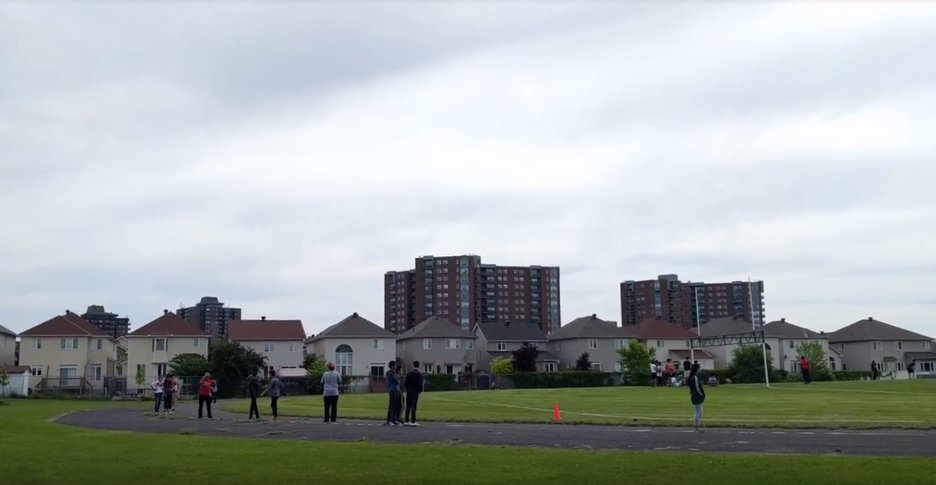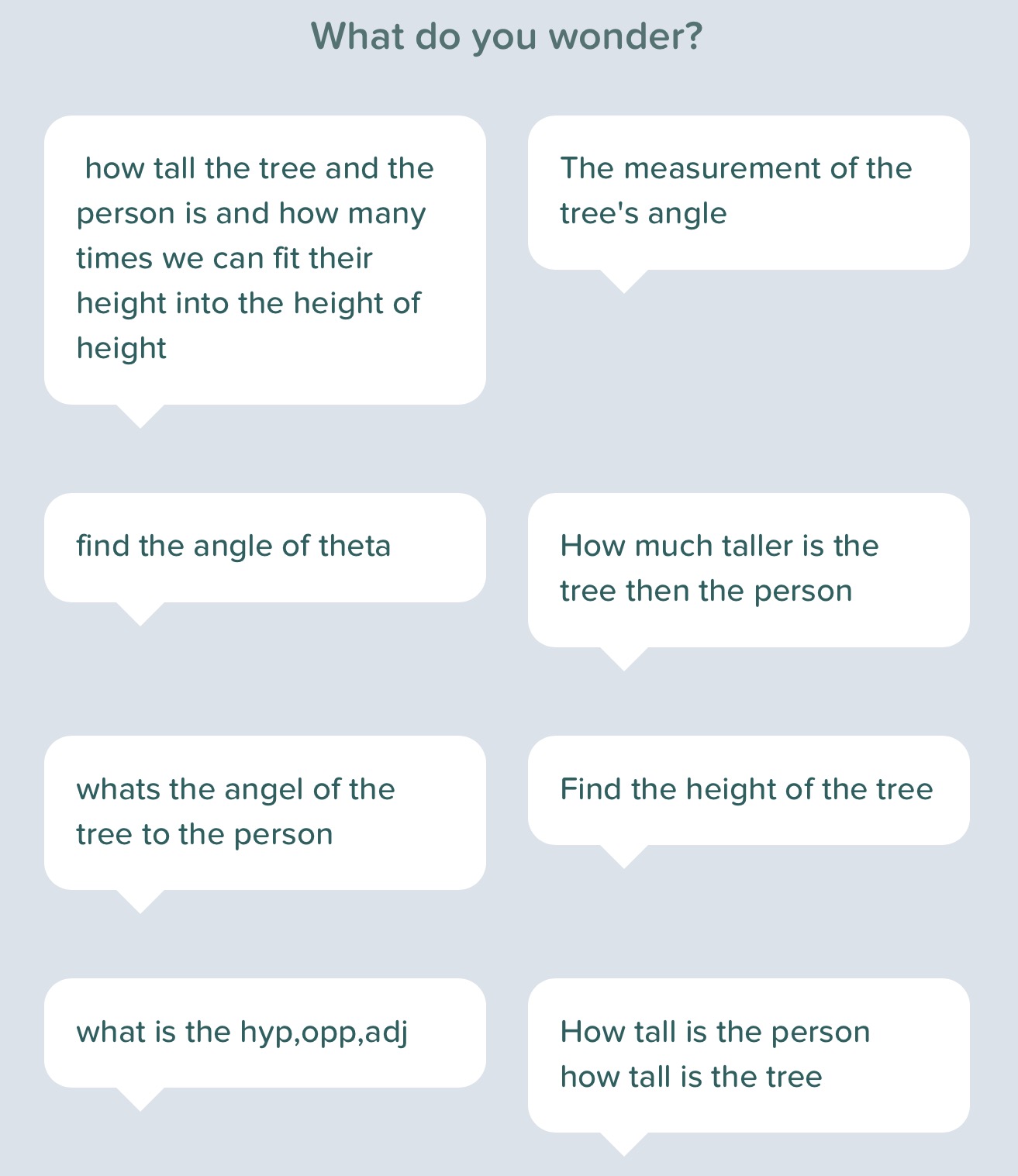This past weekend I read the KC Adams art book Perception: A Photo Series. I was prompted to read it from a “further reading” list in the book Resurgence: Engaging With Indigenous Narratives and Cultural Expressions In and Beyond the Classroom from our teacher-librarian book club.
“Tired of reading negative and disparaging remarks directed at Indigenous people of Winnipeg in the press and social media, local artist KC Adams creates a body of work that documents another perspective.
This photo series called “Perception,” is an attempt to combat the stereotypes some of the public have of First Nation, Inuit and Metis people to illustrate, you can’t judge a book by its cover.
In the first photo, the models were asked to think about racist remarks they or their family have experienced such as the text written on the title of their photo. In the second photo, they were asked to think about a family member or a happy moment in their life and write their own self-identifying title
“I always felt that there were so many Indigenous People in Winnipeg who were leaders in their community and living normal or average lives. However their stories never made it into the newspapers or on social media. Then the scandal with Mayoral candidate Gord Steeve’s wife Lorrie Steeves broke in the media and I realized that racism is very much alive in Winnipeg. I decided to ask models to pose for me and offer them a chance to label themselves”. — KC Adams #perception — in Winnipeg, Manitoba.” Source


I was immediately struck by how this photo essay format could be emulated with students for any social justice issue being studied in a variety of classes. One would start by reading the book to the class – there are some great introductory essays that really set the tone of the project at the beginning of the book. Then look through all the photo sets, asking some discussion questions to really analyse the format of the photo sets, the words & terms chosen, the pattern used, the messaging, etc.
Then students would choose a social justice issue that they would like to explore (& related to the course) and start to plan who they might photograph for their models. I made a 1-pager that students could use to plan out each photo set:

One would want to reach out to KC Adams before starting the project to ensure they are comfortable with students emulating the format in class. I could also see this format being used for more light-hearted comparisons or even objects with no social justice connotation (stereotypes about Canadian provinces in grade 9 geography maybe) but would absolutely want to check with the artist before taking it in that direction.
Would you try this with your class?
Either way I highly recommend this book – I borrowed it from the public library. Being mostly photos, it’s a quick read.
– Laura Wheeler (Teacher @ Ridgemont High School, OCDSB; Ottawa, ON)



